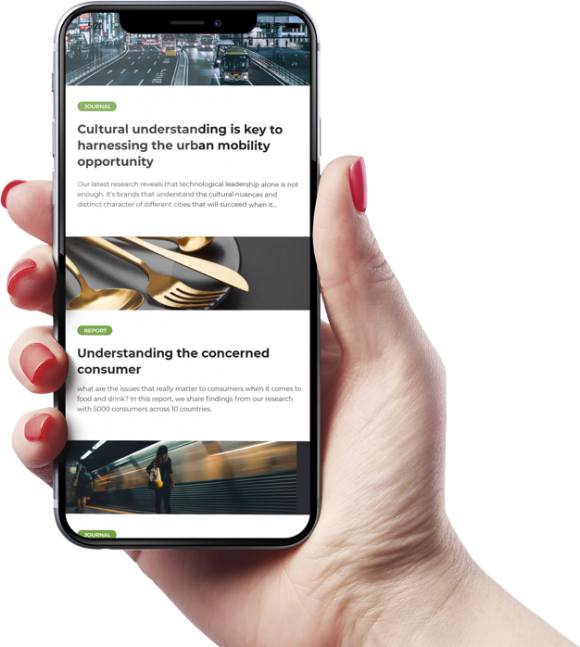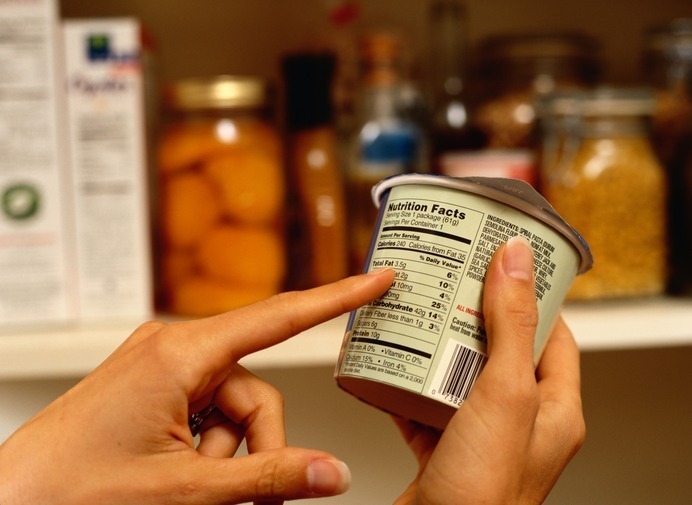The US Food and Drug Administration (FDA) has announced sweeping changes to how nutritional information is displayed on packaged foods. Under a rule proposed on January 14, 2025, food manufacturers would be required to feature a prominent “Nutrition Info box” on the front of most packages. This new labeling system aims to simplify consumer choices by categorizing key nutrients – saturated fat, sodium, and added sugars – as “low,” “medium,” or “high,” offering a straightforward snapshot of a product’s health profile.
This initiative addresses mounting concerns over diet-related chronic diseases like diabetes and heart conditions, which place an increasing burden on public health systems. By streamlining how nutritional content is presented, the FDA seeks to empower consumers to make healthier choices quickly. The public has until May 16, 2025, to comment on the proposal, which could take effect as early as 2028 if finalized.
The proposal builds on recent FDA initiatives, including updates to the definition of “healthy” labeling and revisions to the Nutrition Facts panel. These efforts underscore a broader push for transparency and accountability in the food industry, setting the stage for a paradigm shift that could transform how consumers, manufacturers, and marketers engage with food products.
Countries like Australia, the UK, and Chile have pioneered FOP labeling systems, reshaping consumer behavior and driving industry reform. The US now aims to join this global push for nutritional transparency, marking a critical step in aligning domestic policies with international trends.
Breaking Down the FDA’s Proposal
The FDA’s proposal represents a pivotal shift in how nutritional information will appear on packaged foods. At its core is the mandatory placement of a “Nutrition Info box” on the front of most packages, categorizing saturated fat, sodium, and added sugars as “low,” “medium,” or “high” based on established dietary thresholds. This design aims to provide consumers with immediate, clear insights, eliminating the need to search for details on the back of the packaging.
The proposed changes respond to escalating public health challenges tied to diet-related conditions. With nearly 42% of American adults classified as obese, according to the Centers for Disease Control and Prevention (CDC), the FDA sees clear labeling as a vital tool to promote healthier dietary choices and combat chronic diseases.
Industry Reactions
Industry reactions to the FDA’s proposal have been divided. Health advocacy groups applaud the initiative’s potential to simplify nutrition labeling and encourage informed choices. Meanwhile, food manufacturers voice concerns over the costs of redesigning packaging and reformulating products. Some critics warn that simplified labels may sacrifice nuance, potentially misleading consumers about broader nutritional contexts.
Despite expected industry resistance, the FDA remains firm in its commitment to align US policies with global standards for nutritional transparency. The underlying message is clear: food manufacturers must evolve to meet the demands of a health-conscious consumer base.
Learning from Global Approaches to Nutritional Transparency
As the US moves toward implementing new nutrition labeling, lessons from countries like Australia, the UK, and Chile provide critical insights into the challenges and opportunities ahead. These case studies reveal how policy changes can reshape consumer behavior and transform industry practices.
Australia: The Health Star Rating System
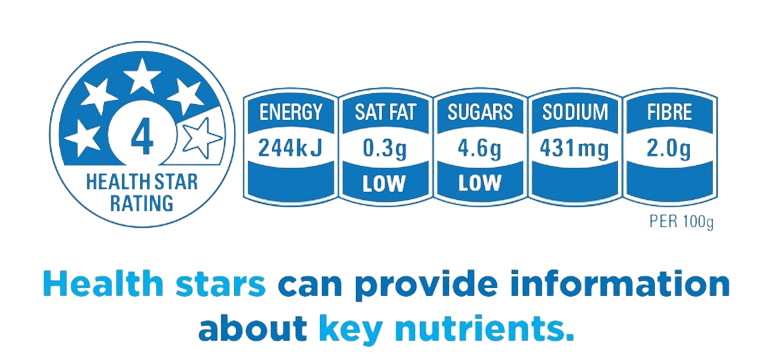
Australia’s Health Star Rating system, launched in 2014, rates foods on a 0.5 to 5-star scale to help consumers quickly gauge nutritional quality. Ratings consider key factors like sugar, sodium, and saturated fat, as well as beneficial elements such as protein and fiber, offering a balanced assessment of overall healthiness.
Impact on Consumer Choices:
Research shows the Health Star Rating system has reshaped consumer habits, particularly among health-conscious buyers. Products with higher ratings consistently drive sales, demonstrating the power of clear, accessible labeling in influencing choices.
Industry Adaptation:
Manufacturers have adapted by reformulating products to secure higher ratings, often lowering sugar and sodium levels. Many brands now feature star ratings prominently in marketing, using them to stand out in competitive markets.
United Kingdom: The Traffic Light Labeling System
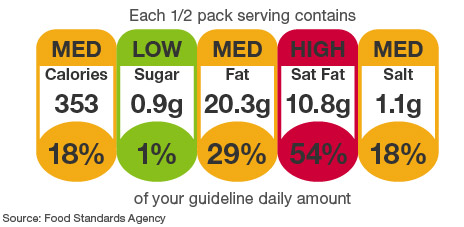
The UK’s traffic light labeling system, launched in 2013, uses red, yellow, and green to indicate high, moderate, or low levels of calories, sugar, fat, and salt. This intuitive design offers consumers a quick and clear understanding of a product’s nutritional content.
Consumer Preferences:
Studies reveal the color-coded system resonates with consumers, simplifying the identification of healthier choices. Shoppers consistently favor traffic light labels over numeric formats, especially during time-pressed grocery trips.
Influence on Buying Behavior:
The traffic light system has been linked to shifts in consumer purchasing patterns, with a measurable decline in sales of products marked with red indicators. This has prompted many manufacturers to reformulate products, particularly those high in sugar and salt, to avoid red labels and maintain competitiveness.
Chile and Latin America: Warning Labels for High-Risk Nutrients

Chile led the way in 2016 with mandatory warning labels, using bold black-and-white icons to flag products high in sugar, sodium, calories, or saturated fat. This model has since been adopted across Latin America, including Peru, Mexico, and Uruguay.
Impact on Product Development:
The warning labels spurred widespread product reformulation. Many companies lowered sugar content to avoid high-sugar warnings, a designation that risks alienating health-conscious shoppers.
Marketing Adjustments:
Marketing practices have also been affected, as products with multiple warning labels often face negative consumer perceptions. Some brands have shifted focus to promoting healthier product lines and emphasizing natural ingredients to rebuild trust.
Key Takeaways
- Simplified, Visual Information Drives Change: Systems like traffic light labels and warning icons show that consumers respond well to clear, easily interpretable information.
- Reformulation as a Competitive Necessity: Mandatory labeling often pushes brands to improve nutritional profiles, particularly to avoid negative perceptions tied to high-risk nutrients.
- Consumer Education is Crucial: Transparency initiatives are most effective when paired with public education campaigns that help consumers understand and use the information provided.
- Balancing Regulation with Branding: US manufacturers will need to find ways to comply with FOP requirements without sacrificing brand identity, drawing inspiration from global strategies that blend health messaging with effective marketing.
The US now has an opportunity to leverage these global learnings, ensuring its approach not only improves public health outcomes but also fosters innovation and accountability across the food industry.
Consumer Trends and the Appetite for Transparency
US consumers are calling for greater clarity in food labeling. According to a 2023 International Food Information Council (IFIC) survey, 63% of Americans actively look for nutritional details when shopping, a sharp increase in recent years. Yet nearly half report feeling overwhelmed by current labels, underscoring the need for clear FOP solutions.
Generational Insights: Millennials and Gen Z Leading the Charge
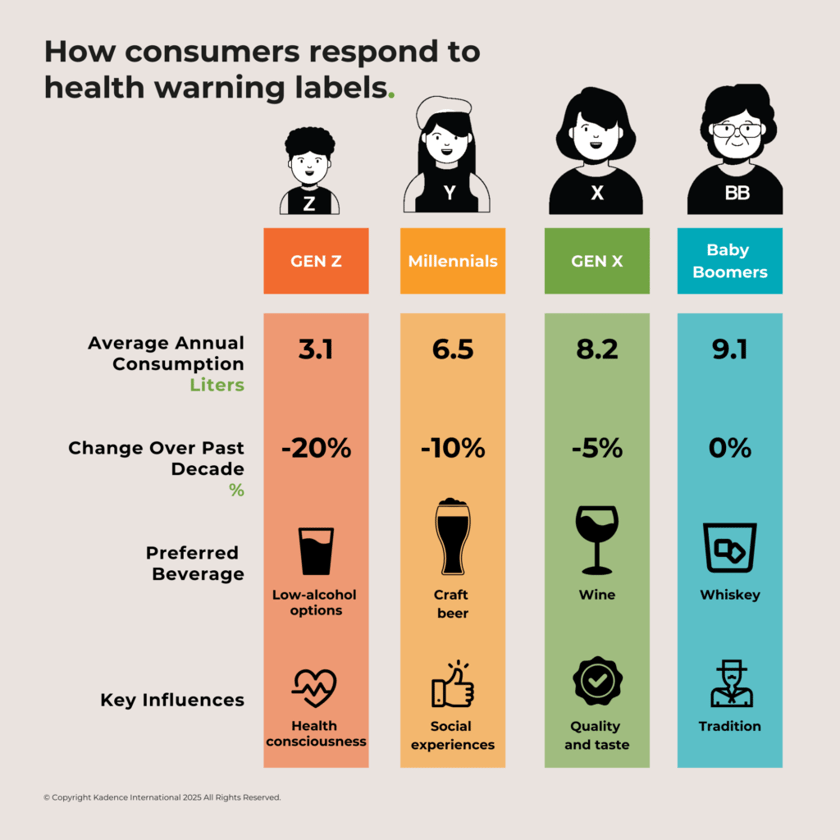
- Millennials (Born 1981–1996):
Millennials are spearheading the clean-label movement, prioritizing transparency and simplicity in ingredients. Compared to older generations, they are more likely to scrutinize labels for added sugars, sodium, and artificial additives, making clear labeling a key factor in their purchasing decisions. - Gen Z (Born 1997–2012):
Gen Z, raised in an age of instant access to information, demands quick, digestible details from brands. A 2024 NielsenIQ study found that 72% of Gen Z shoppers are willing to pay more for foods they consider healthier, with clear FOP labeling playing a pivotal role in influencing their perceptions.
These generational shifts have made transparency not just a preference but a baseline expectation for food brands, influencing how companies market their products and connect with their target audiences.
Transparency Reshaping Purchasing Behaviors
- Health-Conscious Choices:
Consumers are increasingly rejecting products that are perceived as unhealthy. FOP labels categorizing nutrients as “low,” “medium,” or “high” will help shoppers avoid items high in added sugars, saturated fats, or sodium. - Trust as a Deciding Factor:
Transparency builds trust, and brands with clear, honest labeling are far more likely to secure consumer loyalty. A 2023 Label Insight report found that 94% of consumers favor brands they perceive as transparent. - Impact on Market Segments:
The number of products marketed as “natural,” “organic,” or “low-sugar” has already risen, and clearer labeling is expected to accelerate this trend. Conversely, brands with poor nutritional profiles may see consumers shift to competitors with healthier options.
Transparency is no longer optional – it’s a baseline expectation for today’s informed, health-conscious consumers. As the FDA’s FOP labeling proposal advances, brands that embrace this demand will position themselves to succeed in an increasingly competitive market.
The Role of Package Testing in Adapting to FOP Labels
Adapting to the FDA’s new labeling rules brings challenges but also opens doors for innovation. Market research, especially package testing, is critical for meeting regulatory demands while keeping consumers engaged. By leveraging targeted testing methods, brands can fine-tune packaging to deliver clear nutritional information and maximize consumer appeal.
A/B Testing: Fine-Tuning Label Design and Placement
A/B testing enables brands to compare FOP label designs and identify what best captures consumer attention. For example, testing can assess:
- Label placement, such as top-center versus lower-left.
- Color schemes that balance brand identity with regulatory compliance.
- Font size and style to enhance readability and impact.
By evaluating consumer preferences and purchase intent, A/B testing ensures packaging meets FDA standards without sacrificing visual appeal or branding.
Eye-Tracking Studies: Decoding Consumer Behavior
Eye-tracking studies provide detailed insights into how consumers engage with FOP labels. These studies help brands analyze:
- Label visibility: Which parts of the packaging draw attention first?
- Information retention: Are key nutritional details noticed and remembered?
- Purchase intent: How do FOP labels influence buying decisions?
By understanding visual patterns, brands can optimize label size, placement, and design to ensure critical information stands out in busy retail settings.
Message Testing: Highlighting What Matters Most
Message testing helps brands pinpoint the nutritional claims that resonate most with their audience. This includes:
- Testing phrases like “low sugar” or “high protein” to determine their influence on consumer perceptions.
- Simplifying complex nutritional concepts without compromising accuracy.
- Identifying regional and demographic differences in nutrient priorities to refine messaging.
Effective market research can uncover both opportunities and risks, such as the potential trade-offs between sugar reduction and perceived taste quality.
Real-World Examples of Package Testing Success
Investing in package testing equips brands to navigate the FDA’s FOP labeling rules with precision. These tools not only ensure compliance but also help optimize packaging to meet consumer expectations and build loyalty in an evolving, health-conscious market.
Nestlé: In Chile, where warning labels are mandatory, Nestlé used A/B testing to redesign packaging, reducing negative perceptions of sugar content while maintaining a family-friendly appeal. These changes, paired with product reformulation, boosted consumer trust.
Kellogg’s: In the UK, Kellogg’s used eye-tracking studies to refine traffic light labels, ensuring key nutritional data stood out. The result: improved consumer confidence and stronger alignment with health-conscious buyers.
PepsiCo: In Australia, PepsiCo conducted message testing before launching a low-sodium snack line. The term “reduced salt” was replaced with “balanced sodium,” which resonated better with consumers and drove sales growth.
Winning Strategies for Food Marketers
The FDA’s proposed labeling rules are more than a compliance hurdle – they’re an opportunity for brands to redefine their positioning and build consumer loyalty. By embracing strategic adaptations, companies can turn these regulations into a competitive edge, aligning their offerings with the priorities of health-conscious shoppers.
Reformulating Products to Improve Nutrition Profiles
Reformulating products is a powerful way to leverage FOP labeling, as healthier profiles naturally resonate with consumers. Labels categorizing saturated fat, sodium, and added sugars as “low,” “medium,” or “high” will make products with better nutrition profiles stand out.
- Reducing Negative Nutrients: To avoid unfavorable designations, brands like General Mills have already reduced added sugars in cereals by nearly 16% over the past decade, reflecting evolving consumer priorities.
- Highlighting Positive Attributes: Adding fiber, protein, or vitamins not only meets health standards but shifts consumer focus toward benefits, positioning products as better choices in a crowded market.
Highlighting Positive Attributes Prominently on Packaging
Using FOP labels as part of a holistic packaging strategy allows brands to meet health-conscious expectations while maintaining a strong market presence.
- Strategic Placement: Integrating FOP labels with visually appealing branding elements – such as clean color schemes or bold health claims – enhances shelf visibility and consumer appeal.
- Simplified Messaging: Clear phrases like “Heart-Healthy” or “Naturally Sweetened” resonate with today’s time-pressed shoppers, making complex nutritional benefits easier to understand.
Using Storytelling to Connect Labels with Brand Values
FOP labeling isn’t just about compliance – it’s a chance to tell a story. By linking labels to a brand’s mission, values, and health commitments, companies can create deeper consumer connections.
- Educating Consumers: Packaging and campaigns can explain FOP labels’ significance, empowering shoppers. For instance, highlighting efforts to reduce sugar can build trust while reinforcing a brand’s dedication to public health.
- Connecting to Broader Themes: Aligning FOP compliance with larger narratives like sustainability or community health can foster emotional connections. Oatly, for example, has tied its transparency efforts to environmental advocacy, earning loyalty from eco-conscious buyers.
- Tailoring Messaging: Personalized storytelling that addresses the unique health concerns of Millennials, Gen Z, or families makes brands feel relevant and relatable, strengthening alignment with their target audiences.
When done right, FOP labels can become a cornerstone of brand storytelling, merging compliance with authenticity.
Challenges for the Industry
The FDA’s new labeling rules place food brands at a pivotal moment. Compliance is non-negotiable, but for products with less favorable nutritional profiles, maintaining creative freedom and market appeal becomes a steep challenge. Striking the right balance between regulatory adherence and brand identity will be crucial.
The Tension Between Compliance and Creative Freedom
FOP labeling requires brands to surrender valuable packaging space to standardized information on saturated fat, sodium, and added sugars. For indulgence-focused products, this shift is especially challenging, as packaging that once evoked luxury or cravings must now make room for health metrics that could dissuade buyers. This tension demands innovative solutions to integrate compliance without diluting brand identity.
Risks for Brands with Unfavorable Nutrition Profiles
For brands with high levels of added sugars, sodium, or saturated fats, FOP labeling poses significant risks.
- Erosion of Trust: Clear labels flagging “high” nutrient levels could undermine consumer confidence, particularly for brands already viewed as less transparent. Lost trust often redirects buyers to healthier competitors, compounding the challenge.
- Regulatory and Public Scrutiny: Poor nutrition ratings may invite criticism from advocacy groups or regulators. In Chile, for instance, sugary beverage manufacturers faced declining sales and reputational hits after the introduction of mandatory warning labels.
Addressing Challenges with Research-Driven Strategies
Proactive brands can navigate FOP challenges by leveraging data-driven strategies that align compliance with consumer expectations.
- Package Testing: Use A/B testing to assess design options that integrate FOP labels without sacrificing brand identity. Eye-tracking studies can ensure critical branding elements remain visible alongside required information.
- Product Reformulation: Reformulate products flagged as “high” in sugar, sodium, or fat. Market research can guide these changes by gauging their impact on taste perception and repurchase intent.
- Transparent Marketing: Build trust through campaigns that highlight efforts to improve nutritional profiles and educate consumers about balanced eating. Transparency fosters loyalty in a health-conscious marketplace.
- Segmented Messaging: Focus on market segments less swayed by FOP labels, such as indulgence-seeking consumers. Tailored messaging can emphasize flavor or premium ingredients over health metrics.
By tackling these challenges with research-backed strategies, brands can adapt to the FOP landscape without losing their identity. Quick, thoughtful action will enable companies to comply with regulations while positioning themselves as trusted, innovative leaders in a marketplace increasingly defined by health-conscious consumers.
Building Long-Term Consumer Trust
The FDA’s FOP labeling rules offer more than a compliance challenge – they’re a chance for brands to deepen connections with health-conscious consumers. Food brands can transform FOP labels into a foundation for lasting trust and loyalty by prioritizing transparency and authenticity.
FOP Labeling as a Trust-Building Tool
FOP labels directly address consumer demands for transparency, providing health-conscious shoppers with the tools to make informed decisions. These labels can strengthen trust and highlight a commitment to well-being when integrated into broader brand narratives.
- Communicating Values: Transparent nutritional information signals accountability, fostering a perception of honesty that builds lasting loyalty.
- Engaging Consumers: FOP labels can inspire conversations, from social campaigns on nutrition to highlighting reformulation efforts. These touchpoints deepen relationships and position brands as advocates for healthier lifestyles.
The Importance of Authenticity and Avoiding “Healthwashing”
Transparency must go hand-in-hand with authenticity to avoid alienating consumers. Overstating or misrepresenting a product’s health benefits – a tactic known as “healthwashing” – can erode trust and harm a brand’s reputation.
- Aligning Marketing with Reality: Claims like “low sugar” must match FOP labels. Discrepancies between marketing and nutritional facts can confuse consumers and undermine confidence.
- Real Change Over Optics: Savvy consumers recognize superficial claims. Brands that genuinely reformulate products or invest in sustainable practices will outshine competitors relying on shallow narratives.
Brands That Have Used Transparency to Build Loyalty
Transparency has helped many brands stand out in competitive markets, proving that authenticity builds trust and loyalty:
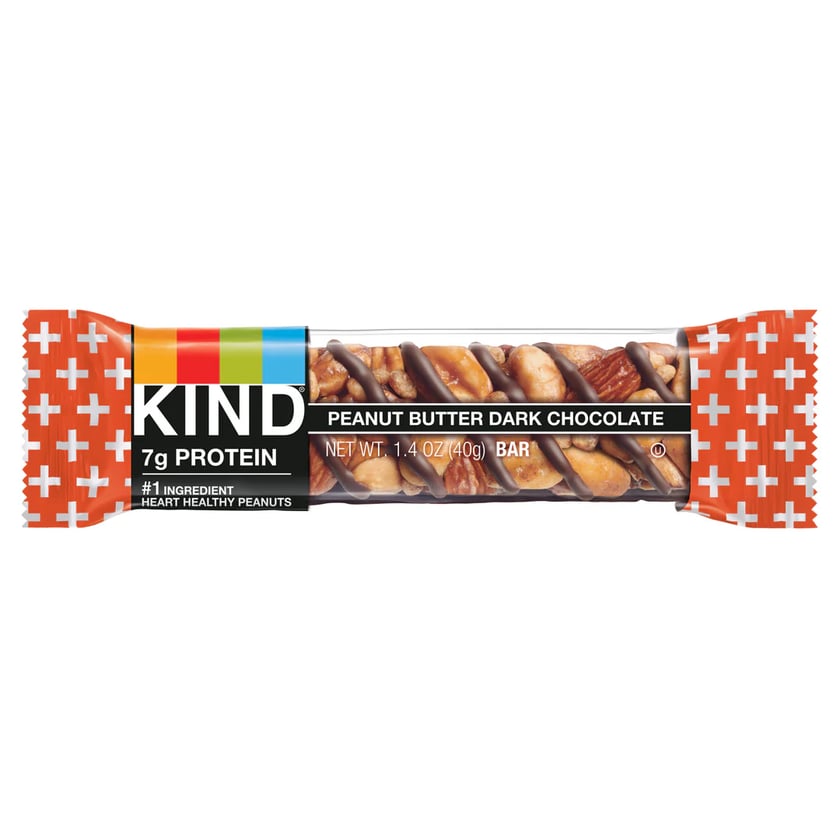
- KIND Snacks: By displaying clear, front-of-package ingredient lists, KIND has cultivated a loyal following of health-conscious consumers who value simplicity and transparency.
- Nestlé: Faced with Chile’s mandatory FOP warning labels, Nestlé reformulated products to reduce sugar content and launched campaigns to explain these changes, reinforcing its commitment to public health.
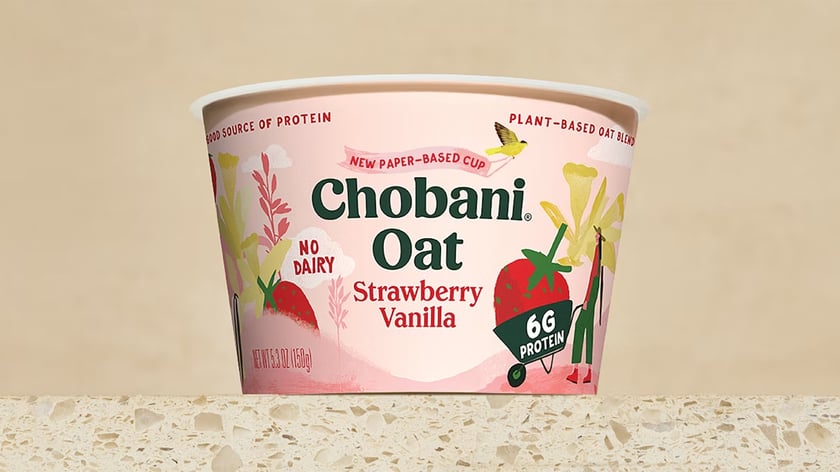
- Chobani: With transparent sourcing and straightforward messaging, Chobani has earned a reputation for authenticity, resonating with consumers seeking honest, nutritious options.
Insights from Global Market Research
As the US moves toward implementing new nutrition labeling, lessons from global markets like Australia, the UK, and Chile provide a roadmap for navigating the shift. These countries’ experiences highlight both the challenges and opportunities that transparency brings to the food industry.
Australia’s Health Star Rating system demonstrates how simple, visual indicators can influence consumer preferences toward healthier options. However, its voluntary nature has led to inconsistent participation, particularly among less healthy brands. For US companies, this underscores the need for universal compliance to maintain trust and ensure meaningful impact.
The UK’s traffic light labeling system, featuring color-coded indicators, has significantly shaped purchasing decisions, especially among families and younger shoppers. It has also spurred reformulation efforts, with brands lowering sugar and salt to avoid red labels. Transparency, as this system shows, not only informs consumers but also drives industry-wide changes. For US brands, adopting proactive reformulation strategies early could mitigate the reputational risks associated with unfavorable FOP labels.
Chile’s bold implementation of mandatory warning labels demonstrates how regulation can act as a catalyst for product innovation. The stark black-and-white warnings have led to a reduction in sales of high-sugar and high-salt products, but they’ve also opened the door for brands to introduce reformulated or alternative product lines. In a market where simplicity often equals clarity, US companies might consider how to balance compliance with consumer education to avoid potential misinterpretation of labels.
Market research is essential for navigating the complexities of FOP labeling. Tools like eye-tracking studies, A/B testing, and sentiment analysis help brands create labels that meet regulatory requirements while resonating with consumers. Package testing ensures that new labels align with broader brand messaging, maintaining trust during the transition.
For US brands, FOP labeling is an opportunity, not a constraint. By leveraging global best practices and investing in market research, companies can meet consumer demands for transparency while maintaining a competitive edge. The reward is clear: an empowered consumer base and a food industry rooted in trust and accountability.
